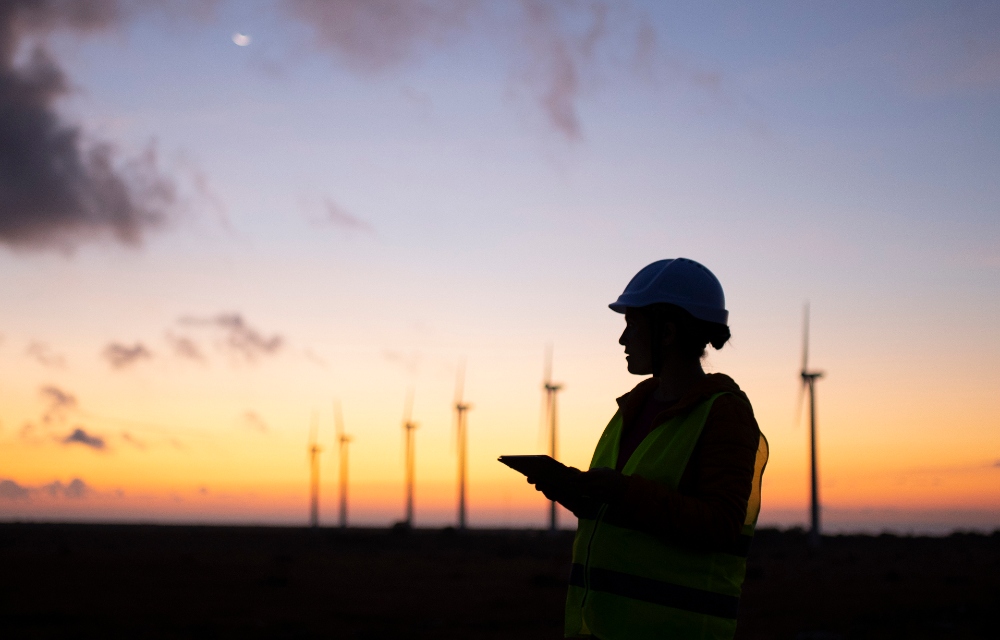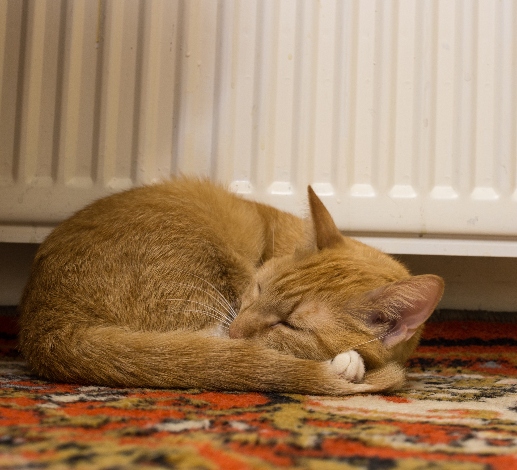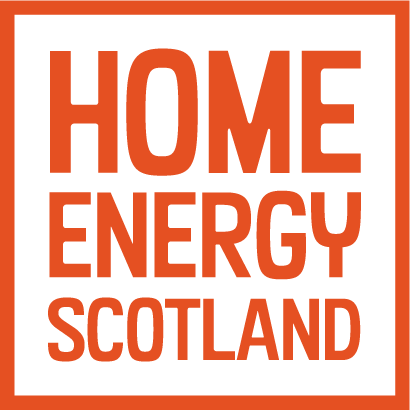What does net zero look like?
What does net zero look like?
Scotland plans to reach net zero by the year 2045. Read our article to find out what this means and how you can help tackle the climate emergency.

The Scottish Government's climate change legislation sets a target date for Scotland to achieve net zero emissions by 2045. Reaching net zero will transform the way we live, now and in the future. Read on to find out what net zero means, and how you can help Scotland reach its target.
What does 'net zero' mean?
Net zero means that the amount of greenhouse gases – most significantly carbon dioxide (CO2) – that we put into the atmosphere (emissions) is the same as the amount that we remove.
Net zero is the stage at which global warming stops. This is why it's so important for governments, communities, and individuals to commit to policies, activity and lifestyle changes to help us achieve net zero.
What can we do to help Scotland reach net zero?
We've already succeeded in halving our greenhouse gas emissions since 1990 but we need to do more. Making the transition to net zero will mean changes to how we live and work that reduce how much energy we use, thereby reducing these emissions.
Making small changes to our daily routines and habits can have a big impact on Scotland’s journey to net zero. We've put together some simple suggestions to help you reduce your own carbon emissions.
Choose greener transport for some journeys
Transport is Scotland’s biggest source of carbon emissions. There are lots of ways you can change your daily habits and reduce your transport emissions. For example:
- walking or cycling instead of driving if you can, especially if it's a short journey
- using public transport such as the bus, tram or train instead of the car
- sharing car journeys with others
- shopping local or using online options for working and other activities
- switching to an electric vehicle (EV).
Save energy at home and stay warm for less
Nearly a quarter of Scotland’s carbon emissions are generated by how we heat our homes and workplaces. Burning oil or gas to heat our homes and water is part of the problem. Many buildings in Scotland are also older and poorly insulated, which means they are less energy efficient. These factors combine to make home heating an area with lots of potential for saving energy and cutting our carbon emissions. Saving energy can save you money too.
Here's some simple actions you can take to achieve all three:
- turn your thermostat down by one degree
- don’t leave appliances on standby, turn them off at the wall
- spend less time in the shower and change your shower head for a more efficient one to reduce the amount of water you use.
You can also make bigger changes, like replacing your heating system with a low or zero emission system, or insulating your home effectively. The Scottish Government has a range of funding and support to help you make these changes.
Discover others ways to take action
We can all take simple and effective action to reduce how much energy we use. Not only will it help save the planet, it’ll save you money too.
Visit the Net Zero Nation website for more information on how to take action and help Scotland reach its net zero target.
Latest news and case studies
We have articles, blogs and case studies covering topics ranging from home energy tips to low carbon travel, and business advice to installing renewables.

Save energy while cooking this Christmas

Stay warm at home for less



